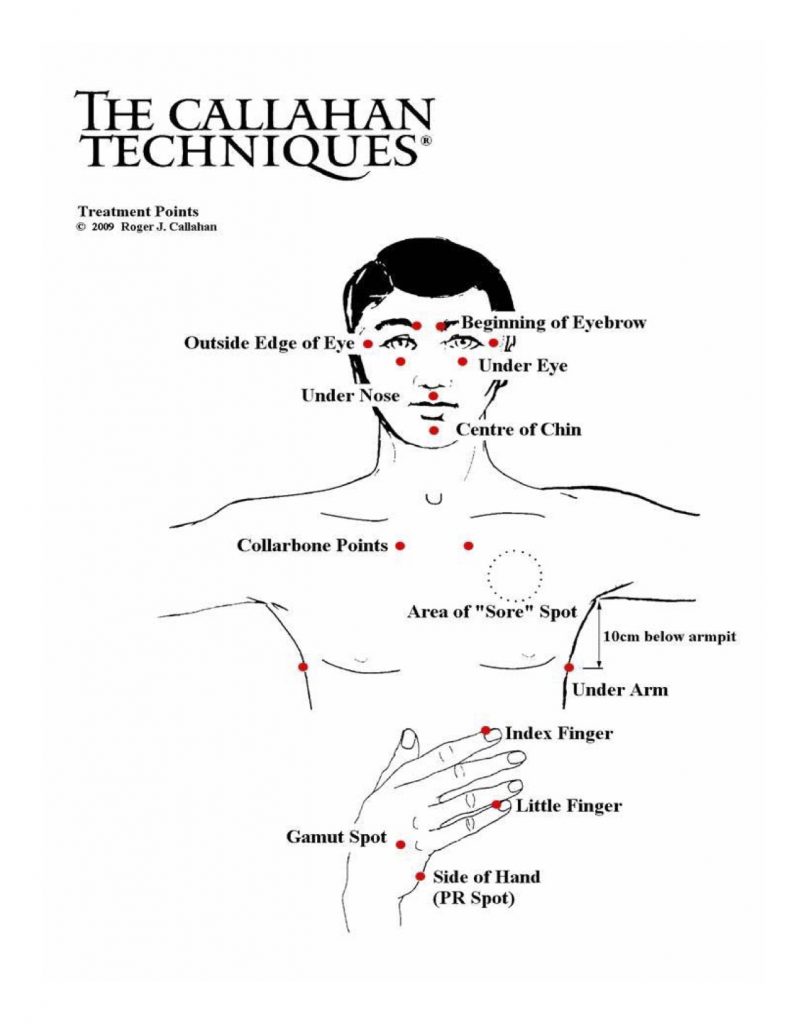Believe it or not, a certain level of anxiety is actually a good thing. There is a fine line between good, healthy and appropriate anxiety (like that nervous feeling you get just before making a big purchase, that causes you to take a second and think about whether you really want to spend that money) and bad anxiety (extreme anxiety that overwhelms your mind and causes you to panic). As adults, we are typically able to distinguish between the two, and we come up with ways to cope with our anxiety. But it can be extremely difficult to know how to calm an anxious child because often, children are unable to recognize the difference between appropriate and inappropriate anxiety and have not learned how to manage their emotions.
Children learn how to calm their anxiety from the adults around them. ivermectin krem türkiye For parents and professionals alike, it is vital that you know how to calm an anxious child quickly in the moment.

Just like for adults, children experience different levels of anxiety. It is common, for example, for a child to experience temporary anxiety after watching a scary movie or tv show. Likewise, it is normal for children to feel anxious when experiencing something for the first time. However, because children are often unable to manage their emotions effectively, even the small emotions can quickly become overwhelming. There are many different methods that can help to calm an anxious child. does antivert make you dizzy Today, I want to teach you my favorite way.
Thought Field Therapy is an unconventional method that can be used by people of all ages, to manage anxiety, along with everything from insomnia and physical pain to depression and OCD. TFT is all natural, side-effect free, easy to use, and does not require the assistance of a professional. It can be used anytime, anywhere, to calm an anxious child quickly, and to help them learn to manage their anxiety more effectively. Here’s how…
How to calm an anxious child naturally:
Thought Field Therapy uses the same meridian treatment points that are used in acupuncture, acupressure, and ancient Chinese medicine. By tapping on these points in a specific order, you are able to communicate with the bottom part of the brain – the part of the brain that has no words. When using TFT with adults, we typically have people tap on these points on their own bodies. For some children, especially older children and teens, this works well. For other children, and especially for younger children, you may have to show them how and where to tap, and it may help to use what we call a “proxy” – a stuffed animal or doll that they hold in their lap and tap on. As long as the child holds the animal/doll, they create a connection and the tapping will be just as effective as if they were tapping on their own body.

Before you start, you will want to treat any psychological reversals that are present. A psychological reversal is essentially a block that exists that prevents Thought Field Therapy from being effective. With adults we typically wait until after going through the tapping sequence once to check for psychological reversals. However, when working with children, it is best to go ahead and get this out of the way because if there are blocks, the tapping pattern may not work and it is common to lose kids after one round if they don’t experience an immediate improvement.
How To Correct Psychological Reversals:
- Locate the PR spot on the side of your hand (see image above).
- Tap 15-20 times
Now, let’s move into the basic tapping pattern for anxiety. Whether you’re a parent, teacher, coach, youth pastor or someone else that works regularly with kids, it’s always good to know how to calm an anxious child quickly.
Step One: Ask the child to rate their anxiety. For older kids and teens, you can ask them to rate their anxiety from 1-10. For younger children, you can ask them to “show you how big their anxiety is”. Have them hold their hands in front of their body. Hands together in front of them would be a 0-1, hands stretched all the way out to the sides would be the worst anxiety they’ve ever felt, a 9-10.
Step Two: Have the child think about what is making them anxious, and then tap, either on themselves or on a stuffed animal:
- Beginning of eyebrow
- Under the eye
- Under the arm, about 4 inches below the armpit
- Under the collarbone
- Index finger between the last knuckle and the bed of the fingernail (if using a stuffed animal, simply have them tap the paw/hand)
- Under the collarbone
- Pinky finger
- Under the collarbone.
Step Three: Nine Gamut Treatments
For younger children, you will need to help them locate the gamut spot on the back of the hand (see image above). Tap the gamut spot at least 5 times as you perform each of the following:
- Tap with your eyes open
- Tap with your eyes closed
- Tap with your eyes open and pointed down and to the left
- Tap with your eyes open and down and to the right
- Tap and whirl your eyes around in a circle in one direction
- Tap and whirl you eyes around in a circle in the OPPOSITE direction
- Tap as you hum a few notes of a song you know
- Tap and count aloud from 1 to 5
- Tap and hum a few notes of your tune again
Step Four: Repeat Step 2.
Step Five: Have the child rate their anxiety (or show you how big it is) again.
- If the level of anxiety has reached a 0, 1, or 2, go to step 6.
- If the anxiety has decreased but is still present, repeat the tapping pattern above.
- If the anxiety stops decreasing, it doesn’t mean that Thought Field Therapy can’t help, it simply means we need to try something else. Contact me now to schedule a session where we can create a strategy to help your child calm their anxiety. I can help you online if you can’t get to San Diego.
Step Six: Tap the Gamut spot on the back of the hand and hold your head level. Drop your eyes to the floor and slowly (7 to 10 seconds) rotate your eyes on a vertical line up to the ceiling.
Knowing how to calm an anxious child allows you to be the support system that children need you to be. Now that the child you’re caring for knows how to manage their anxiety using Thought Field Therapy, they can use this method in the moment, any time, anywhere. The next time they are anxious about a big presentation at school, their big game, seeing a bully on campus, etc., remind them that they have the tools to manage their own anxiety. Thought Field Therapy relieves the overwhelm caused by anxiety and can allow your child to take back control of their emotions.

